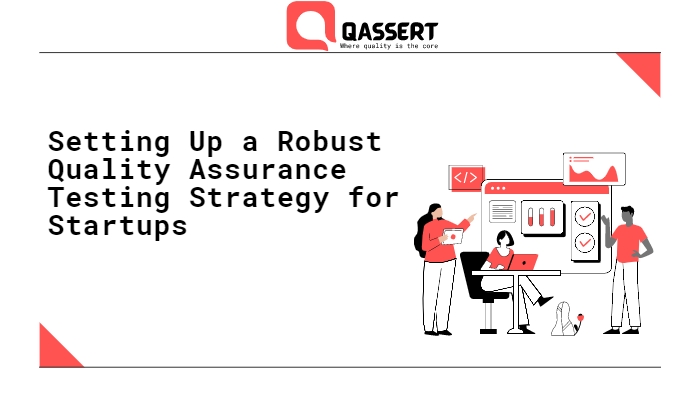Introduction
Launching a successful startup requires more than just a great idea; it also necessitates a strong focus on quality assurance (QA) testing. A robust QA testing process helps to guarantee that your products and services consistently meet the highest quality standards. This article offers a step-by-step guide on how to establish an effective QA testing process for your startup.
Define your testing objectives
Begin by outlining the specific goals and objectives of your QA testing process. This will help you identify the most important aspects of your product that require testing and ensure that your efforts are aligned with the overall objectives of your startup.
Assemble a skilled QA team
Build a team of dedicated QA professionals who are experienced in various testing methodologies and techniques. Your QA team should be able to identify potential issues, suggest improvements, and provide valuable feedback throughout the development process.
Develop a test plan
Create a comprehensive test plan that outlines the various stages of testing, the types of tests to be performed, the resources required, and the estimated timelines for completion. Your test plan should be flexible and easily adaptable to accommodate any changes or updates to your product.
Select appropriate testing tools and methodologies
Choose the right tools and methodologies that best suit your product and testing objectives. This may include manual testing, automated testing, or a combination of both, depending on your specific requirements.
Establish a testing environment
Set up a dedicated testing environment that closely mimics the real-world conditions in which your product will be used. This environment should be separate from your development environment to avoid any interference or contamination of results.
Execute tests and analyze results
Carry out the various tests outlined in your test plan, and carefully analyze the results to identify any issues or areas for improvement. Be sure to document your findings and communicate them to the development team for prompt resolution.
Continuously improve your testing process
Regularly review and refine your QA testing process to ensure its effectiveness and efficiency. This may involve updating your test plan, incorporating new testing methodologies, or investing in more advanced testing tools.
Conclusion
Establishing a robust QA testing process is crucial for the success of any startup. By following these steps and continuously refining your testing process, you can ensure that your products and services consistently meet the highest standards of quality and reliability, ultimately contributing to the long-term success of your startup.




